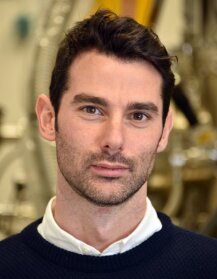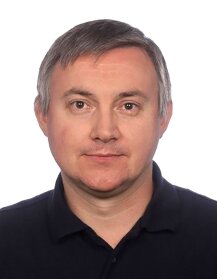The goal of the first financing period of the project C4|Kartashov/Soavi was the experimental investigation of high-order harmonic generation (HHG) in nanoscale solids with special focus on the dependence of HHG on the dimensionality and application in time-resolved spectroscopy. To achieve this goal, HHG was investigated in semiconductor quantum dots of different sizes (zero-dimensional nanostructures), single atomic layer 2D materials and bulk solids. In bulk solids, the influence of coherent lattice vibrations on the HHG, excited by a pump pulse in a pump-probe scheme, was investigated.
The project C4 Kartashov/Soavi aims at the development of all-optical and non-invasive methods for the detection of local currents and the study of the electron dynamics and transport in different regimes (ohmic, hydrodynamic and ballistic) in single layer 2D materials and related heterostructures. The proposed methods are based on low- (perturbative) and high- (non-perturbative) order harmonic generation and will exploit the high sensitivity of nonlinear optical processes to spatial and time-reversal symmetries. Notable examples are the appearance of even order harmonics in graphene in the presence of an in-plane current, which breaks inversion symmetry, or the changes in the polarization of the emitted second harmonic from transition metal dichalcogenides when the valley degeneracy (time-reversal symmetry) is lifted. In addition, under the typical experimental conditions of (non-perturbative) high-harmonic generation, electrons can travel major part or even the entire Brillouin zone before recombination and emission of light. In this regard, the nonlocal – both in real space and in the energy-momentum space – character of high-order harmonic generation in solids provides a unique tool for the measurement of time-reversal symmetry and the Berry's phase. Thus, we will measure the spectral and polarization properties of optical harmonics under different experimental conditions (photo-induced currents by optical pumping, electrically driven in-plane currents, temperature, etc.) and we will explore the potential of harmonic generation-based spectroscopy to trace charge transport phenomena in 2D materials.

